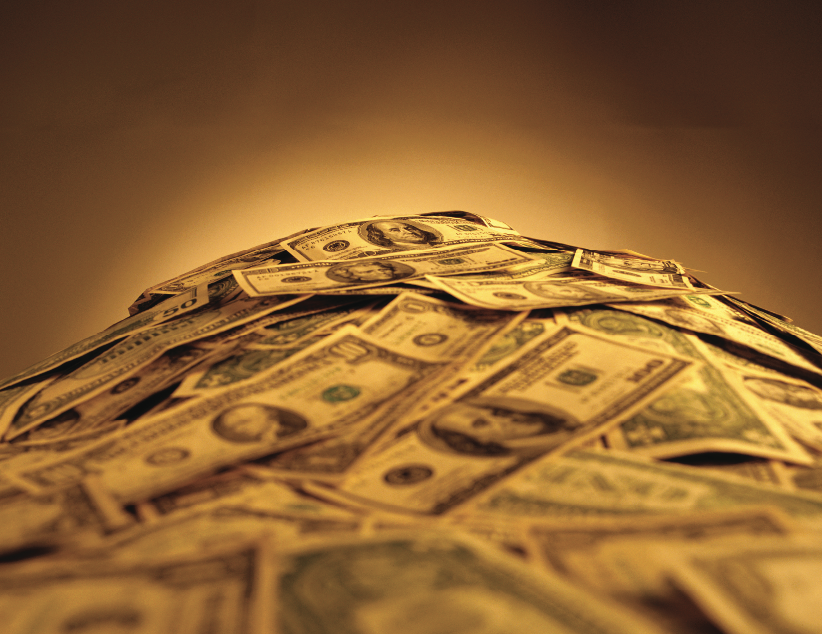This year is expected to see considerable growth in Turkish exports. While the government has made bold growth projections on the outflow of Turkish goods, exporters remain concerned about a number of obstacles that hinder trade.
“We have set our year-end target at $100 billion,” said State Minister for Foreign Trade Kursad Tuzmen in a recent statement to the press. This is an impressive spike given that Turkey earned $86 billion in 2006, with 2009 expected to fetch as much as $125 billion, based on a report prepared by the Turkish Exporters’ Assembly. Germany, Britain and Italy take the lion’s share of Turkish products, which translate into $9.7 billion, $6.8 billion and $6.7 billion worth of goods respectively.
Diversification of exports constitutes one plank in the government initiative to achieving sustainable performance and increase Turkey’s share in world trade. Manufactured goods dominate exports, followed by agricultural goods and mining. According to official figures from the end of 2005, these three areas represented 84.8%, 13.2% and 2.1% of exports respectively. Textiles and ready-made-clothing currently stands at 22-23% of total exports, amounting to $5-6 billion. A shift in the composition of industrial exports towards more sophisticated, capital intensive and high-value-added sectors continues, with electrical machinery and transportation equipment on the rise. The white goods sector alone registered a 34% rise in exports in 2006. Chemicals, machinery and office equipment also continue to grow.
Turkey commits to trade ties
Turkey’s commitment to strengthen trade with regional and neighboring states, as well as with Africa, Asia and the US, will also play an indispensable role in ensuring significant export growth. Free Trade Agreements (FTAs) with Morocco, Tunisia, Egypt, Syria and Palestine have been notable in this regard. The much-heralded FTA with Egypt came into force in February, while that with Syria went online in January. The Turkish parliament is expected to ratify the trade agreement that was signed with Albania in December some time around May.
The Turks in the meantime continue negotiating free trade deals with Algeria, Mexico, Brazil, South Africa, Chile, Venezuela, Uruguay, Paraguay and Argentina. Closer to home, Turkey is also working on FTAs with Lebanon, Jordan, the UAE, Bahrain, Saudi Arabia, Oman, Qatar, Kuwait and the Faroe Islands. The Foreign Trade Undersecretariat (DTM) is scheduled to initiate FTAs with Georgia, Montenegro, Kosovo and Serbia in the first half of 2007.
Overvalued lira not helping matters
Still, Turkish exporters refer to a number of trade-related hurdles. An over-valued currency has hardly helped maximize Turkey’s export potential, as reflected in the country’s trade balance. The foreign trade deficit increased by 25.4% year-on-year between January and November 2005 and 2006, reaching $48.7 billion. Delays at Customs holding up trucks transporting perishable goods across to neighboring states are also bad for business. The inconsistent application of rules at Customs offices, combined with the short duration of the Schengen visas granted to Turkish truckers (currently 45 days) contribute to concern, as both cost time and money.
Meanwhile, the trade deficit remains a pressing issue for the government. Imports of capital and intermediate goods, high oil and raw material prices in 2006, along with substantial growth in private sector investments, have all weighed down on balances. Increasing exports is not only important for balancing the scales in trade, but is also part of the formula to raise national income per capita and reduce unemployment, which was placed at 9.3% between September and November 2006.









